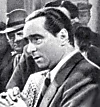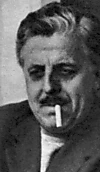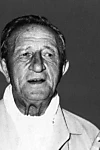Harlem (1943)
1h 53m
Running Time
April 21, 1943Release Date
Plot.
This propaganda film was partly inspired by the story of the first Italian heavyweight champion Primo Carnera who, after winning the title with Al Capone’s help in 1933, was beaten the following year by the Jewish Max Bear and then again by the ‘Brown Bomber’ Detroit Joe Lewis in June 1935, on the eve of the Italian invasion of Ethiopia. This match provoked numerous racial skirmishes on the streets of Harlem between the Black community and pro-Fascist Italian-Americans. The film overturns historical facts and here, obviously, it is the white boxer who wins in order to demonstrate the superiority of the “Aryan Italians” over the “sinister Jewish entrepreneurs” and the “savage Afro-American fans in Yankee Stadium”. In the film, these were played by South African prisoners-of-war interred in a work camp, which the German and Italian propaganda ministries had set up near Cinecittà “for cinematic purposes”.
Where to Watch.
No streaming offers found
Cast & Crew.
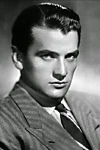
Massimo Girotti
Tommaso Rossi
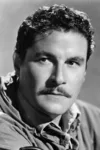
Amedeo Nazzari
Amedeo Rossi
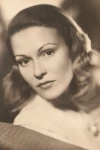
Vivi Gioi
Muriel
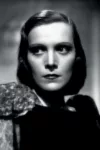
Elisa Cegani
Gangster woman
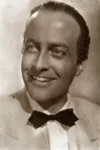
Osvaldo Valenti
Chris Sherman
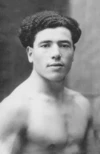
Erminio Spalla
Franckie Battaglia, the coach

Giuseppe Achille
Writer
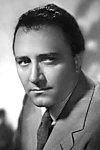
Enrico Glori
Ben Farrell

Pietro Petroselli
Screenplay
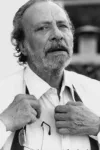
Gianni Musy
Il piccolo Tony Rossi

Renzo Lucidi
Editor
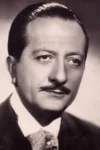
Enrico Viarisio
Pat

Guido Angeli
Screenplay
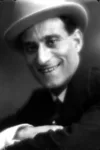
Luigi Almirante
Barney Palmer
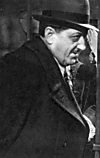
Anchise Brizzi
Director of Photography

Guido Fiorini
Production Design
Media.
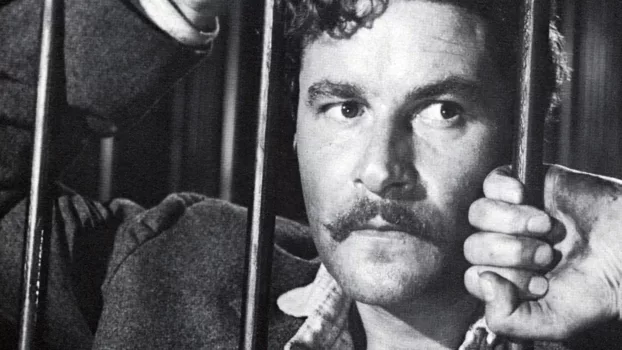
Details.
Wiki.
Harlem is a 1943 Italian sports crime film directed by Carmine Gallone and starring Massimo Girotti, Amedeo Nazzari and Vivi Gioi. It was shot at the Cinecittà Studios in Rome. The film's sets were designed by the art director Guido Fiorini. The former world heavyweight champion Primo Carnera appears in a small role. It is also known by the alternative title of Knock Out.
It is noted for its anti-Americanism at a time when the two countries were at war. In postwar re-releases, Amedeo's final line was redubbed with a more positive view on life in the United States.



